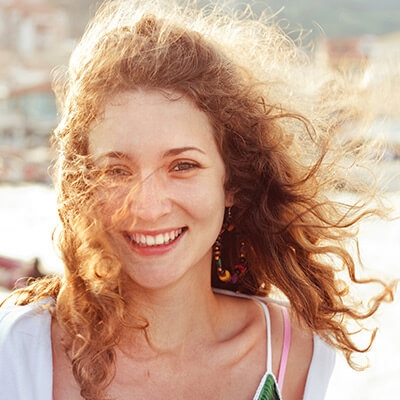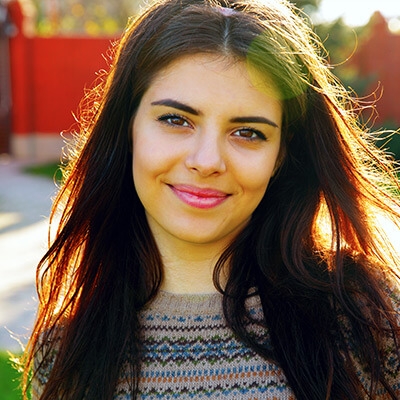enforex_pages_inner_three_block_9e67f394-35d6-4af4-b13a-4c5b213e6526
STUDENT PROFILE
These private lessons have been carefully designed for students who want to learn Spanish at their own pace, based on their abilities. They are looking to maximize the time spent with the professor to get the most out of each class, with the added bonus of choosing the schedule of their choice.
Anyone looking for a personalized Spanish course completely adapted to their needs will be delighted by this option. Quick learning through individual attention gets fast results.
These lessons are a perfect addition to a group course of your choice, and even official certification preparation.
BENEFITS
Starting with our 20 One-to-One private Spanish lessons, you will have a personal advisor and professor, both highly qualified and motivated like you. You and your advisor will sit down to plan your individualized course and map the fastest route to your objectives. This could even include company visits or cultural excursions to round out your Spanish experience.
Once you have settled on a plan based entirely on your needs and desires, one of our highly qualified professors will be assigned to you, and the journey begins. We select our teachers based on their proven experience helping students achieve their goals.
With the combination of personalized attention and proven teaching methods, you will be amazed at the progress you'll make and the confidence you'll gain.




